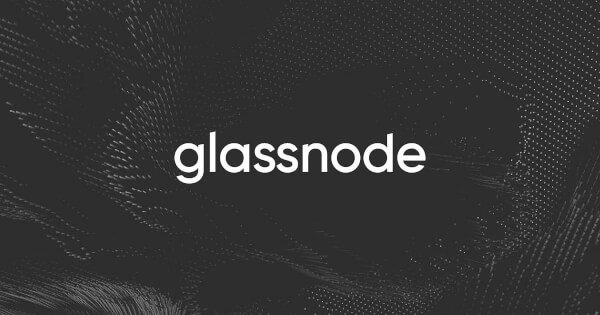
PulseChain, the Ethereum-compatible Layer 1 blockchain, has been gaining significant traction for its fast block times and low gas fees, positioning itself as a highly promising Ethereum alternative. However, the network now finds itself at the heart of a controversy that could define its future. The drama surrounding PulseChain’s pDAI stablecoin, particularly Richard Heart’s claims about an exploit within MakerDAO, has raised serious questions about the network’s stability. With the community’s efforts to restore pDAI’s peg, PulseChain is at a critical crossroads—facing both a potential breakthrough and the risk of failure.
PulseChain was launched with a bold vision to address Ethereum’s scalability issues. By replicating Ethereum’s state and offering drastically lower transaction costs, PulseChain has been seen as a powerful alternative to Ethereum, particularly for DeFi developers and users looking for a more efficient blockchain. The platform’s massive airdrop, which mirrored every ERC-20 token on Ethereum as PRC-20s, was a major draw, positioning PulseChain as a revolutionary force in the blockchain space.
However, the ongoing pDAI saga has become a significant test for PulseChain’s credibility. Initially, PulseChain’s version of MakerDAO’s stablecoin was pegged to the US dollar, but that peg failed, sparking concerns about its stability. Richard Heart’s recent claims about an exploit within MakerDAO, which governs pDAI, have only intensified these worries, with many questioning the integrity of the protocol. Despite these setbacks, the PulseChain community has rallied around the issue, with efforts underway to restore pDAI’s peg and prove that PulseChain can overcome this crisis.
While some investors have approached PulseChain with caution, others are seizing the opportunity to buy up pDAI at a reduced price, hoping to profit once the stablecoin’s value is restored. As PulseChain’s DeFi ecosystem continues to grow, the outcome of the pDAI situation will likely determine whether PulseChain solidifies its place as a leading Ethereum alternative or succumbs to the chaos surrounding its stablecoin.
PulseChain’s story is far from finished. The resolution of the pDAI issue will be a defining moment for the network, determining its potential to become a dominant force in the DeFi space or a cautionary tale for blockchain projects. For now, PulseChain’s future remains in the hands of its community, and only time will reveal whether it can rise from this challenge.
About PulseChain
PulseChain is a Layer 1 blockchain designed to provide faster transaction speeds and lower fees while maintaining full compatibility with Ethereum’s ecosystem. The platform’s unique approach includes replicating every ERC-20 token and NFT on Ethereum, giving users free copies of their assets. PulseChain’s mission is to create a scalable, decentralized DeFi ecosystem, enabling users and developers to experience more efficient and cost-effective blockchain solutions.
Media Contact
Contact Person: John Roberts, Director
Website: https://pulsechain.com/
Company Email: [email protected]


 4 hours ago
3
4 hours ago
3 










 Bengali (Bangladesh) ·
Bengali (Bangladesh) ·  English (United States) ·
English (United States) ·